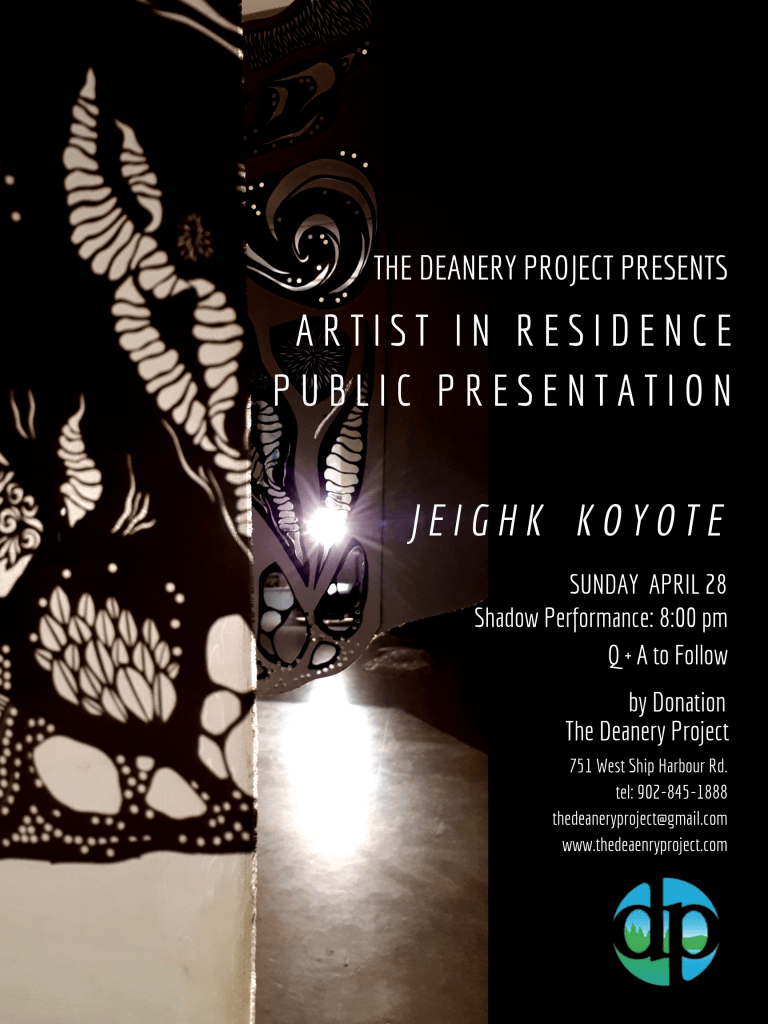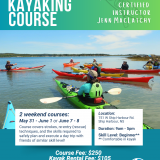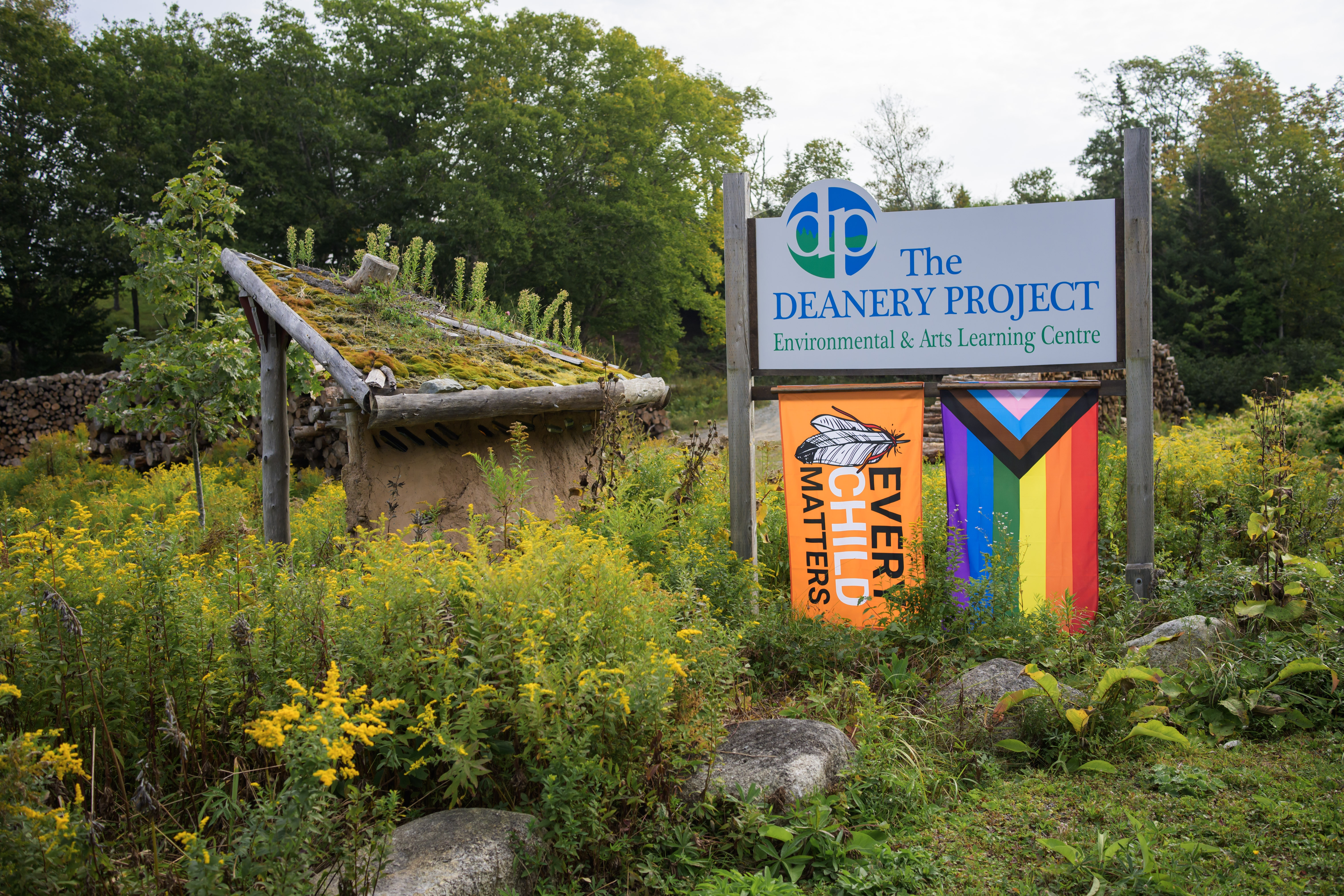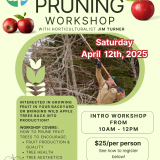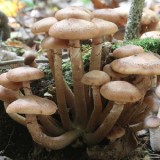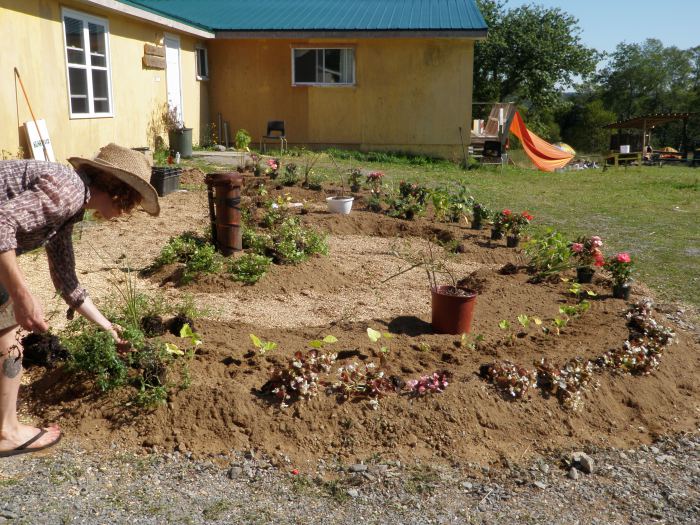Creating a Shadow Performance
Artist in Residence Public Presentation
by Jeighk Koyote – April 2019
The Other Mothers: A Shadow Performance
My Creative Process for The Other Mothers
When I first realized the story/performance was going to be about sea otters, I did my research. I listened to podcasts about sea otters, I read about them online, I watched documentaries, I got books from the library. I made notes and sketches. I am an artist who, historically and almost exclusively, has drawn on my own experiences and feelings to drive my creative themes, process and production and so, these steps of research and discovery of sea otters was absolutely reviving and stimulating. This part of the project was very telling of how shadow play and education could merge.
I sometimes consider myself a cross between a 12 year old boy and an 85 year old grandmother: ketchup and mustard all over my face but great style, energized but slow, immature but organized and maybe both having a low capacity to retain information. Therefore, the data shows…I am a good judge of engaging learning initiatives!
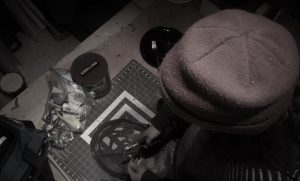 I have lived through this in the making of The Other Mothers. I learned about what sea otters ate and what these ocean-floor creatures looked like because I had to draw them and spend hours cutting them out. I didn’t know what a sea urchin looked like before. I didn’t know what a keystone species was. I didn’t know that sea otters nearly went extinct during the fur trade. I didn’t know they are still a threatened species. I didn’t know why they held hands. I didn’t know it was contentious to call sea otters “cute” in some circles. I didn’t gain a PhD in the study of sea otters, but I sure learned a lot about them and by taking these science and environmental facts and crossing them with sensitive and creative story telling, my hope is to make this information cared for, to make this information reachable to someone who couldn’t reach it in a book, in a lecture or on the internet. And by doing it, I learned it.
I have lived through this in the making of The Other Mothers. I learned about what sea otters ate and what these ocean-floor creatures looked like because I had to draw them and spend hours cutting them out. I didn’t know what a sea urchin looked like before. I didn’t know what a keystone species was. I didn’t know that sea otters nearly went extinct during the fur trade. I didn’t know they are still a threatened species. I didn’t know why they held hands. I didn’t know it was contentious to call sea otters “cute” in some circles. I didn’t gain a PhD in the study of sea otters, but I sure learned a lot about them and by taking these science and environmental facts and crossing them with sensitive and creative story telling, my hope is to make this information cared for, to make this information reachable to someone who couldn’t reach it in a book, in a lecture or on the internet. And by doing it, I learned it.
Dream Big and Make Big
Being a shadow artist means working in the dark, which means working at night (or early evenings in the winter months). The arrangement of living only feet away from your studio space is ideal for an artist such as myself working in the dark hours of the day. 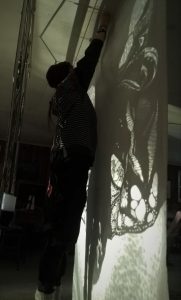 Having access to the main hall of the Deanery as a place to practice, perform, install and experiment has been pivotal in realizing the creative possibility for this shadow piece. It has been so inspiring and rewarding to dream big and make big. Upon being here, I was able to work in large-scale cutouts and take my first crack at installing functional systems to suspend and move these cutouts fluidly. This residency has provided me with the time and space to discover and thoroughly explore new methods of shadow-making. The impacts of this experience and this performance feel significant, and quite frankly, ground-breaking as an emerging performance artist. I am so grateful for my time as artist in residence here.
Having access to the main hall of the Deanery as a place to practice, perform, install and experiment has been pivotal in realizing the creative possibility for this shadow piece. It has been so inspiring and rewarding to dream big and make big. Upon being here, I was able to work in large-scale cutouts and take my first crack at installing functional systems to suspend and move these cutouts fluidly. This residency has provided me with the time and space to discover and thoroughly explore new methods of shadow-making. The impacts of this experience and this performance feel significant, and quite frankly, ground-breaking as an emerging performance artist. I am so grateful for my time as artist in residence here.

